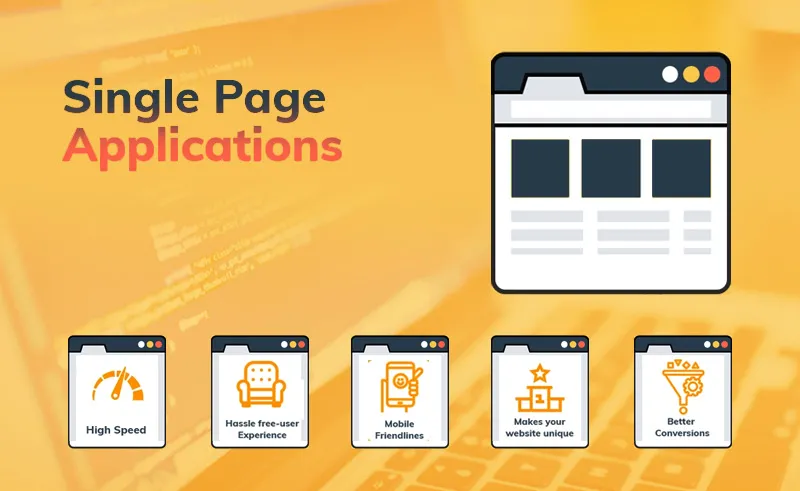Ovais Khan

Table Of Contents
Table Of Contents
Single Page Applications (SPAs) have gained popularity for their interactive and seamless user experiences. However, this model also presents certain challenges that developers and businesses need to address. In this article, we will explore the main challenges associated with the SPA model and provide insights into mitigating these challenges effectively. If you are looking to get your SPA made, then you have come to the right place.
As web development evolves, SPAs have become a preferred approach for building modern web applications. By dynamically updating the content on a single web page, SPAs eliminate the need for full page reloads, resulting in a smoother user experience. However, this model comes with its own set of challenges that developers must overcome to ensure optimal performance and user satisfaction.
A Single Page Application (SPA) is a web application that operates within a single HTML page, providing a seamless and interactive user experience similar to a desktop application. SPAs rely on JavaScript frameworks like Angular, React, or Vue.js to dynamically update the page content without requiring full page reloads.
SPAs offer several advantages, such as improved interactivity, faster navigation, and reduced server load. They enable smooth transitions between different sections of the application and provide a more app-like experience. SPAs also facilitate code reusability and allow for the development of cross-platform applications.
One of the primary challenges with SPAs is the initial loading time. Since the entire application is loaded upfront, including JavaScript files, dependencies, and assets, the initial load can be slower compared to traditional multi-page applications. This can impact user experience, especially for users with slower internet connections or less powerful devices.
SPAs often face challenges in terms of Search Engine Optimization (SEO) due to their reliance on JavaScript for content rendering. Search engines traditionally struggle to crawl and index JavaScript-generated content, which can result in lower search engine rankings and reduced visibility for SPAs.
SPAs consume more memory compared to traditional web applications since the entire application logic is loaded and executed in the browser. Memory management becomes crucial to prevent memory leaks and ensure efficient resource utilization, especially for applications with complex and data-intensive components.
The SPA model can face compatibility issues across different browsers and versions, as not all browsers support the latest JavaScript features uniformly. Additionally, SPAs often struggle with browser history handling, as the browser’s back and forward buttons may
Table Of Contents

